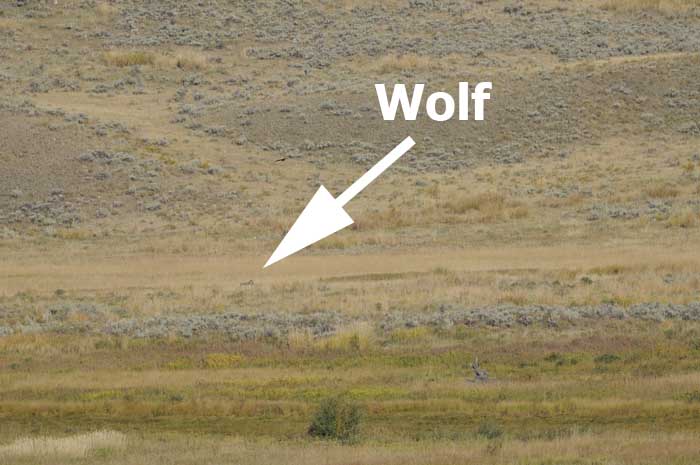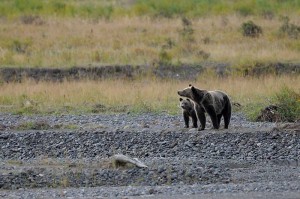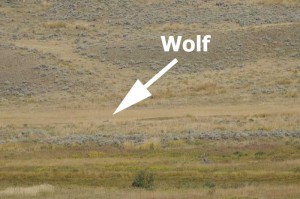Over the course of the last few weeks I’ve taught a couple of workshops, and found myself reminding my students of the limitations of photography. And the bottom line is that one thing we have to learn as photographers is how to live with failure 🙂
When trying to capture what we see, cameras are limited in many ways. They can’t record the dynamic range that our eyes can see and can’t perform as well in low light. And we don’t always have the gear necessary to make the photo we’ve found. In other words, we regularly fail. This is nothing new. The first photographers couldn’t take accurate pictures of anything moving. Their exposure times went for hours. As the media, processing and tools improved, the limitations were fewer, but still there.
Today, with the most modern digital cameras, we’re often able to capture a wider range of light than we could with the best films. That means a scene with a wide dynamic range, or difference between the darkest and lightest areas, can be recorded more accurately. But that range is still limited to somewhere between six and eight stops. Shooting multiple frames of the same scene, at different exposures, and now using one of the many good HDR software programs (like HDR Expose, Photomatix or the new Nik HDR Efex Pro) we’re able to extend that range. But it’s still a limit.
And despite the new generation of ISO-busting cameras, like the Nikon D700, D3 and D3S, there are still times we just don’t have enough light.
When photographing wildlife, you generally want as much lens as you can afford (and carry). After the Tetons workshop I took two days to go into Yellowstone to shoot photos for a couple of projects I’m working on. Wanting to concentrate on the animals, I took along my Nikkor 500mm f/4 and 1.4X teleconverter.
Even that combination wasn’t always enough. Asking around, I found that one of the wolf packs in the park was near a campground, and people gathered there daily to watch them. I joined the group early one morning and sure enough, with a spotting scope or a long lens, you could see them. But that was about it – you could see them. Even with that lens and teleconverter combination, and used on a 12MP D300S with DX sensor (adding a 1.5X crop factor), they were too small to make a decent picture. Keep in mind that’s using a 700mm lens with an angle of view of 1050mm!!! The only real solution would have been to get closer, which wasn’t allowed. So in this case I had to take a deep breath, relax, and just enjoy watching them.
The gear did pay off when I spotted a grizzly sow and cub, and managed to follow the road to get ahead of where they were headed. They still didn’t come close – probably a good thing – but close enough to get some photos I liked. And the bison there are always cooperative. The best shots of them came while sitting in the car, shooting out the window. Now THAT’S the way to chase wildlife!
I always tell people photography’s a great hobby. It’s a wonderful way to be creative without being artistic (or I couldn’t do it). But there will be times when despite your best efforts, you can’t get the picture you want. And that’s okay too. The important thing is to have fun, shake off the failures and keep shooting!



